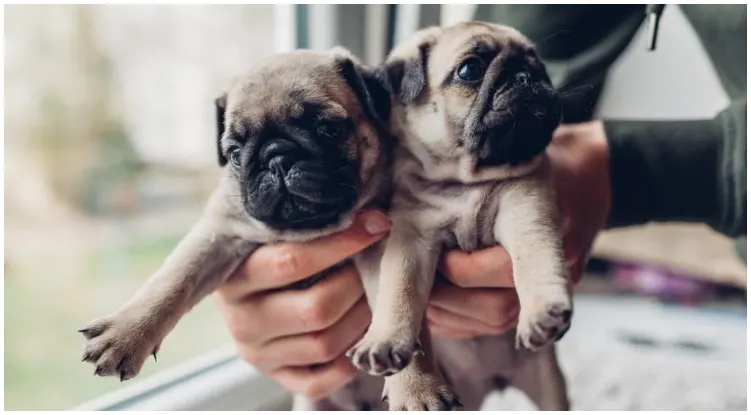Adopting a new puppy can be like selecting a new family member. Each day that we spend with our puppies, we love them a little more. But sometimes it’s kind of hard to remember that they weren’t with us since the begging. If your dog was part of a huge litter, he will have a lot of siblings that he spent the first few weeks of his life with. But what happens after we adopt our puppies, do they forget all of their brothers and sisters? Or do dogs remember their siblings?
Do dogs remember their siblings?
While this may seem like a silly question to some people, it has been a field of interest for scientists for a long period of time. While the studies that have been done on this topic are limited, there is still some evidence to suggest that dogs do indeed remember their siblings.
Depending on the breed, temperament and the overall circumstances, there is a chance that your dog does remember it’s family members. However, their memory does not work the way that ours does. That’s why they will remember their siblings differently than we may think that they do.
How do dogs remember their siblings
To understand our canines, we have to understand their ancestors first — wolves.
The social structure of a wolf is very complex. Wolves grow up with what their idea of “family” is, which is also referred to as a “wolf pack”. Within each pack there is a leader — the alpha wolf. It’s the alpha’s job to keep the pack safe and protected. Being a part of this pack means that you are recognized by the members. In other words, wolves have to recognize their family members in order for their social structure to function.
But looking at today’s domestic dog’s we may not see to much similarities to wolves. Dog litters, contrary to wolf packs, aren’t graceful and fearless, but clumsy and adorable. But can they still recognize each other?
While we discussed the topic on “How do dogs see the world” we came to the conclusion that dogs don’t relay too much on their eyes. Instead, dogs follow their nose — quite literally. A dog’s sense of smell is up to 100,000 times stronger than the one of a human. That’s why it’s more likely for dogs to recognize someone by their smell, instead of their appearance.
But recognizing someone’s scent doesn’t mean that you remember them, right?
Research done on this topic
Research done by the Belfast University in Ireland put the theory of dogs recognizing their family members to the test.
The first test involved a puppy that was only a few days old. He was placed in a room with various other puppies from the same breed and its mother. The test concluded that 84% of the time, the puppy would show preference to its mother. The mother was then removed from the room, and the siblings were placed in the same room with puppies from different litters. The results showed that 67% of the time, the puppy would prefer its siblings. Although the results were very conclusive and indicated that the puppies did recognize their family members, scientists could not conclude if their actions were guided by memory or scent.
To decide which one is it, scientists used a cloth that carried the scent of the puppy’s family members.
This time the test was done on the mother of the puppies. One cloth had the scent of her puppy and the other of a two-year-old dog. 78% of the time, the mother picked the puppy’s scent.
When it came to the siblings recognising each other’s scent, the test was not as successful. Siblings that had spent more time together and had seen each other frequently showed more preference to each other’s smell than the ones that didn’t.
Conclusion of the research
The study showed that dogs can in fact recognize each other. However, it is most likely that they do so by the scent of their family member. The vision of a dog isn’t developed enough for them to be able to recognize their siblings by simply seeing them. However, their sense of smell definitely is.
What this study did not find out is if dog’s have any memories associated to their family members, or if it’s just the smell that attracts them to one another.
So if you see your dog sniffing another dog longer than usual, and these two look suspiciously similar — maybe it a long lost family member.

